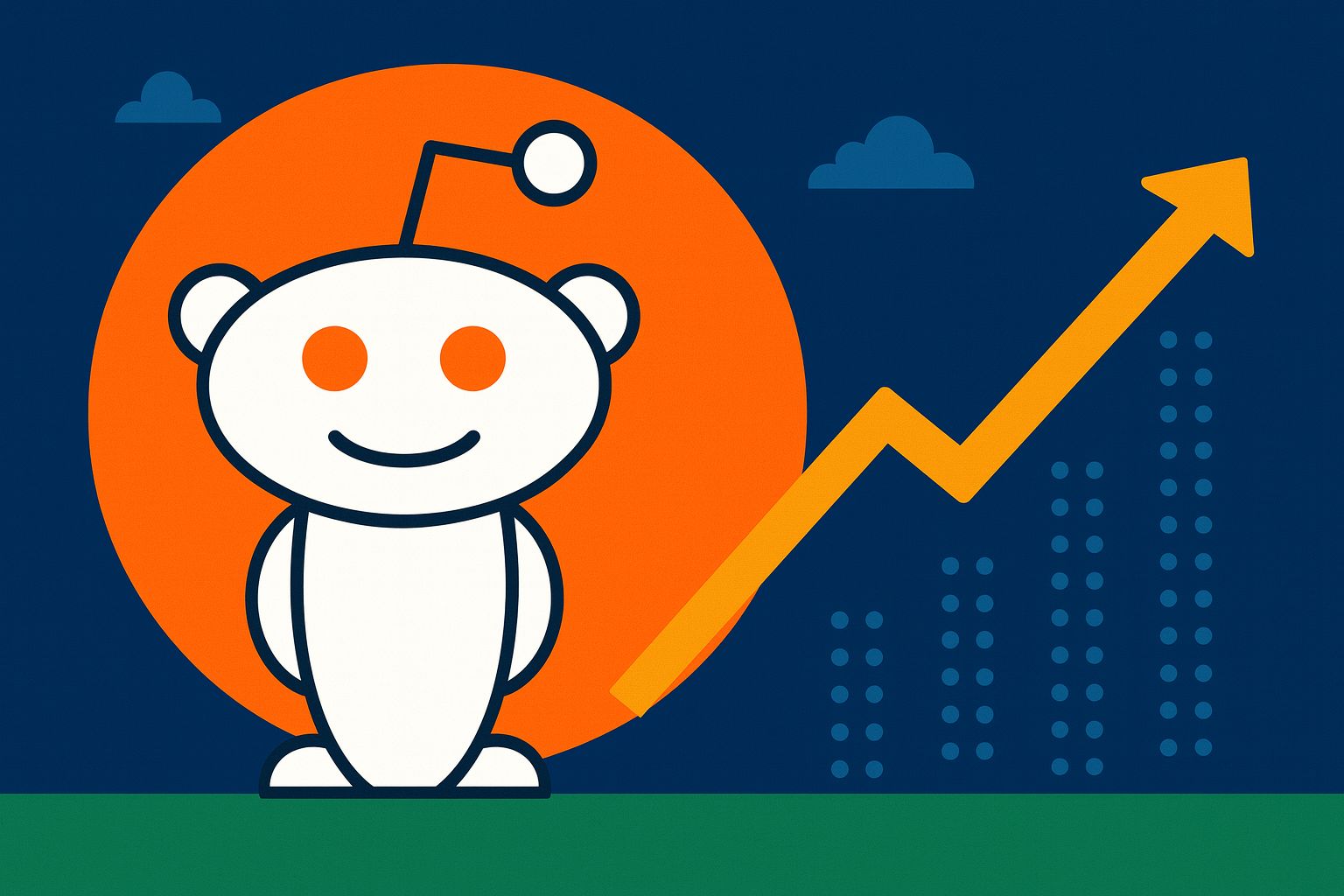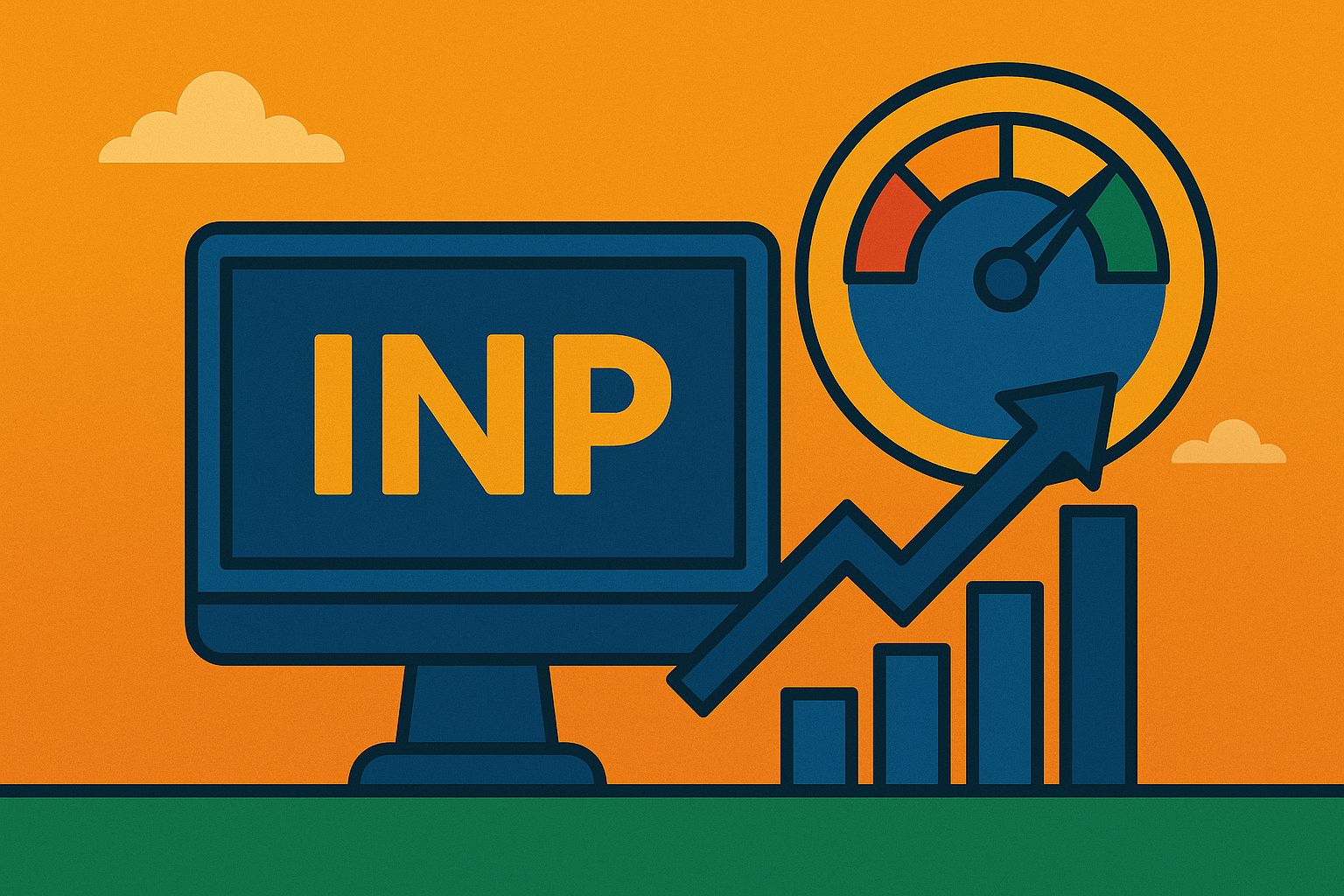Artificial intelligence (AI) for superior content creation and distribution is not just a trend but a necessity for companies striving to stay ahead in the competitive market. This article explores how AI is revolutionizing precision marketing, enabling brands to deliver highly personalized content that resonates with their target audience, and ensuring effective distribution across various channels.
The Evolution of Precision Marketing
Precision marketing, as a concept, has evolved dramatically over the past few decades, transitioning from broad-brush approaches to highly targeted, data-driven strategies that capitalize on technological advancements. Understanding this evolution provides valuable context for the role of artificial intelligence (AI) in today’s marketing landscape.
-
Early Days: Mass Marketing and Segmentation
In the early stages of marketing, the primary approach was mass marketing, where companies aimed to reach as many consumers as possible with a single, undifferentiated message. This method relied heavily on traditional media channels like television, radio, and print, where broad audience reach was prioritized over targeted engagement. While effective for building brand awareness, mass marketing was inherently inefficient, as it failed to address the diverse needs and preferences of individual consumers. As businesses grew more sophisticated in their understanding of consumer behavior, the concept of market segmentation emerged. Marketers began dividing their audience into segments based on demographic factors such as age, gender, income, and location. This approach allowed for more tailored messaging but was still relatively limited. Segmentation relied on generalized assumptions about groups rather than detailed insights into individual behaviors and preferences.
-
The Rise of Direct Marketing and Database Marketing
The next significant shift in marketing came with the advent of direct marketing, where businesses could communicate directly with consumers through channels like mail, telemarketing, and later, email. This approach marked the beginning of more personalized marketing efforts, as companies could now target specific individuals rather than broad segments. Direct marketing paved the way for database marketing in the 1980s and 1990s, which leveraged consumer data to further refine targeting efforts. Companies began collecting and storing vast amounts of data on customer behaviors, preferences, and purchase histories. This data-driven approach allowed for more precise targeting, as marketers could tailor their messages based on past interactions and predict future behaviors. However, the tools available at the time were relatively rudimentary, and the process of analyzing and utilizing data was labor-intensive and prone to errors.
-
The Digital Revolution and Behavioral Targeting
The turn of the 21st century brought about the digital revolution, fundamentally transforming the marketing landscape. The internet, coupled with advancements in data storage and processing, provided marketers with unprecedented access to consumer information. Digital channels such as websites, social media, and email offered new opportunities for collecting real-time data on consumer interactions. Behavioral targeting emerged as a powerful tool during this period, enabling marketers to track user activities online and deliver ads based on their browsing history, search queries, and online purchases. Unlike earlier approaches that relied on static demographic data, behavioral targeting allowed for dynamic, real-time adjustments to marketing strategies based on consumer behavior. This shift represented a significant step towards the kind of personalized marketing that characterizes precision marketing today. Search engines like Google and social media platforms like Facebook played pivotal roles in this evolution. These platforms collected vast amounts of data on user behaviors and preferences, allowing advertisers to target specific audiences with unprecedented accuracy. Programmatic advertising, which automates the buying and placement of ads based on real-time data, further enhanced the ability to reach the right audience at the right time with the right message.
-
The Advent of Big Data and Predictive Analytics
As digital marketing matured, the concept of big data began to take center stage. Big data refers to the massive volumes of structured and unstructured data generated by digital interactions, including social media posts, online transactions, and sensor data from the Internet of Things (IoT). The sheer scale of this data presented both a challenge and an opportunity for marketers. To harness the power of big data, marketers turned to predictive analytics. Predictive analytics uses statistical algorithms and machine learning techniques to analyze historical data and predict future outcomes. In the context of precision marketing, predictive analytics allows businesses to anticipate consumer needs and behaviors, enabling more proactive and personalized marketing efforts. For example, by analyzing past purchase data, predictive models can identify customers who are likely to make a purchase in the near future and target them with relevant offers. Similarly, predictive analytics can be used to determine the optimal timing for marketing messages, ensuring that they reach consumers when they are most likely to engage. Predictive analytics marked a significant advancement in the evolution of precision marketing, shifting the focus from reactive to proactive strategies. Instead of simply responding to consumer behavior, businesses could now anticipate and influence it, leading to more effective marketing campaigns.
-
The Role of Artificial Intelligence in Precision Marketing
The most recent and transformative stage in the evolution of precision marketing is the integration of artificial intelligence. AI has brought a level of sophistication and automation to marketing that was previously unimaginable, enabling marketers to process and analyze data at scale, generate personalized content, and optimize distribution in real time.AI-powered tools can analyze vast amounts of data to uncover patterns and insights that would be impossible for humans to detect. These insights are then used to create highly personalized marketing strategies that cater to the unique preferences and behaviors of individual consumers. For example, AI can analyze a consumer’s browsing history, social media activity, and purchase behavior to generate personalized product recommendations, targeted advertisements, and customized content. One of the key advantages of AI in precision marketing is its ability to continuously learn and adapt. Machine learning algorithms, a subset of AI, improve over time as they are exposed to more data. This means that AI-driven marketing strategies become more accurate and effective the longer they are in use, continually refining their targeting and personalization capabilities.
Case Studies: AI in Precision Marketing
1. Netflix: Personalized Content Recommendations
Overview: Netflix, the global streaming giant, is renowned for its sophisticated use of AI to provide personalized content recommendations. With over 230 million subscribers worldwide, Netflix’s success is largely attributed to its ability to keep users engaged through highly personalized content. This personalization is driven by advanced AI algorithms that analyze vast amounts of data to predict what each user would like to watch next.
How AI Works at Netflix: Netflix’s recommendation system is powered by a complex machine learning algorithm that utilizes collaborative filtering, content-based filtering, and deep learning techniques. Here’s a breakdown of how it works:
- Collaborative Filtering: This technique identifies patterns in user behavior. For instance, if User A and User B both watched and enjoyed the same set of movies, and User A watched another movie that User B hasn’t seen yet, Netflix might recommend that movie to User B.
- Content-Based Filtering: This method analyzes the attributes of content, such as genre, actors, and directors, and compares them with a user’s viewing history. For example, if a user watches many action movies featuring a particular actor, Netflix may recommend other action movies starring the same actor.
- Deep Learning: Netflix also employs deep learning algorithms to analyze more complex patterns, such as the sequence in which users watch shows, their response to recommendations, and even the time they spend browsing content before selecting a title. These algorithms can learn and adapt over time, improving their accuracy as they process more data.
Impact on User Engagement: The AI-driven recommendation system at Netflix is designed to minimize the time users spend searching for content and maximize the time they spend watching. According to Netflix, over 80% of the content watched by users is recommended by the AI system. This high rate of engagement is crucial for retaining subscribers in a competitive streaming market. Moreover, Netflix’s AI system constantly evolves. It incorporates user feedback, such as when a user gives a thumbs-up or thumbs-down to a recommendation, to refine future suggestions. This iterative approach ensures that the recommendations become increasingly personalized and accurate over time.
Personalization Beyond Recommendations: In addition to content recommendations, Netflix also uses AI for personalization in other areas:
- Thumbnail Selection: Netflix dynamically generates and selects thumbnails for its shows based on what it predicts will appeal to each user. For example, if a user tends to watch comedies, the AI might select a thumbnail featuring a humorous scene from a movie or show.
- Genre Categorization: Netflix uses AI to create highly specific micro-genres. Instead of just categorizing content into broad genres like “Action” or “Romance,” Netflix creates personalized categories such as “Suspenseful Movies Featuring Strong Female Leads” or “Feel-Good TV Shows About Friendship.”
Business Impact: Netflix’s investment in AI-driven precision marketing has yielded substantial business benefits. By reducing churn rates and increasing user engagement, Netflix has maintained a dominant position in the streaming industry. The company’s ability to keep users hooked on personalized content has also led to higher lifetime value per subscriber, contributing to its overall profitability.
2. Amazon: AI-Powered Product Recommendations
Overview: Amazon, the world’s largest online retailer, has revolutionized the e-commerce industry with its AI-powered recommendation engine. This system plays a crucial role in driving Amazon’s sales, with an estimated 35% of its revenue generated from product recommendations.
How AI Works at Amazon: Amazon’s recommendation engine is powered by a combination of collaborative filtering, content-based filtering, and advanced machine learning algorithms. The AI system continuously analyzes data on user behavior to personalize the shopping experience.
- Collaborative Filtering: Similar to Netflix, Amazon’s collaborative filtering algorithm examines the behavior of users with similar purchasing patterns. For example, if customers who bought Product X also bought Product Y, Amazon will recommend Product Y to other customers who purchase Product X.
- Content-Based Filtering: This method analyzes product attributes and matches them with user preferences. If a customer frequently purchases eco-friendly products, Amazon’s AI will recommend other eco-friendly products, even if the customer hasn’t searched for them directly.
- Personalized Search: Amazon’s AI tailors search results to each user based on their past behavior. For example, if a user frequently buys electronics, their search results will prioritize electronic products even if the search terms are generic.
Impact on User Experience: Amazon’s recommendation engine significantly enhances the user experience by making shopping more intuitive and personalized. The AI-driven system ensures that users are exposed to products that align with their interests, even if they weren’t actively searching for them. The recommendation system extends beyond just product suggestions on the homepage. It is integrated across various touchpoints:
- “Frequently Bought Together”: This feature recommends complementary products that other customers have purchased together. For example, if a user adds a camera to their cart, Amazon might suggest purchasing a memory card and camera case as well.
- “Customers Who Bought This Item Also Bought”: This feature provides additional product recommendations based on the purchasing habits of other users. It’s a powerful tool for cross-selling and increasing average order value.
- Email Personalization: Amazon sends personalized email recommendations based on a user’s browsing history, wishlist items, and previous purchases. These emails are tailored to encourage repeat purchases and keep customers engaged.
AI in Inventory Management: Beyond customer-facing applications, Amazon also leverages AI to optimize its inventory management. The AI system predicts demand for products based on purchasing trends, seasonality, and other factors. This allows Amazon to manage its inventory more efficiently, reducing the risk of overstocking or stockouts. The AI-driven inventory system also enables Amazon to offer features like “1-Click Ordering” and same-day delivery, which are critical to maintaining customer satisfaction and loyalty.
Business Impact: Amazon’s AI-powered recommendation engine has been a key driver of its success. The ability to provide personalized shopping experiences has not only increased customer satisfaction but also boosted sales and conversion rates. The continuous refinement of its AI algorithms ensures that Amazon remains at the forefront of e-commerce innovation.
3. Spotify: AI-Driven Music Recommendations
Overview: Spotify, one of the leading music streaming platforms, has distinguished itself through its highly personalized music recommendations. With over 550 million active users, Spotify’s success is closely tied to its ability to deliver a unique and tailored listening experience to each user. This is achieved through AI and machine learning technologies that analyze user behavior and preferences to curate personalized playlists and recommendations.
How AI Works at Spotify: Spotify’s recommendation system leverages a combination of collaborative filtering, content-based filtering, and natural language processing (NLP) to understand and predict user preferences.
- Collaborative Filtering: Spotify’s collaborative filtering model compares a user’s listening habits with those of other users who have similar tastes. If users with similar listening histories also enjoy a specific song or artist, Spotify is likely to recommend that music to the user.
- Content-Based Filtering: Spotify analyzes the characteristics of individual tracks, such as tempo, key, and genre, to recommend similar songs. This approach ensures that even lesser-known tracks can be recommended to users based on their musical attributes.
- Natural Language Processing (NLP): Spotify’s AI also uses NLP to analyze text data, such as song lyrics and blog posts, to understand the context and sentiment behind the music. This allows Spotify to recommend songs that match the emotional tone or themes preferred by the user.
Impact on User Experience: Spotify’s AI-driven recommendation system is most famously embodied in its “Discover Weekly” and “Daily Mix” playlists:
- Discover Weekly: This playlist is generated every Monday and offers users a curated list of songs they haven’t heard before but are likely to enjoy. The AI system behind Discover Weekly analyzes a user’s listening habits and compares them with those of other users to recommend new tracks that fit the user’s taste.
- Daily Mix: This feature offers users multiple playlists based on their listening history, grouping similar tracks together. The playlists update daily, ensuring that users have a fresh set of music to explore.
Spotify also uses AI to power its “Release Radar” playlist, which highlights new music releases from artists that the user has previously listened to or follows. This ensures that users stay up-to-date with their favorite artists without needing to search for new releases manually.
Real-Time Personalization: One of Spotify’s strengths is its ability to offer real-time personalization. As a user interacts with the platform—liking songs, skipping tracks, or adding music to playlists—Spotify’s AI algorithms immediately adapt and refine the recommendations. This real-time feedback loop ensures that the user experience is constantly evolving and improving.
AI in Content Creation: Spotify is not just using AI for recommendations; it’s also exploring AI in content creation. For example, Spotify has experimented with AI-generated music tracks and playlists that cater to specific moods or activities, such as “Focus” or “Workout” playlists. These AI-generated playlists use data on what types of music users listen to during different activities to create the perfect soundtrack for various contexts.
Business Impact: Spotify’s AI-driven personalization strategy has been a major factor in its rapid growth and user retention. By offering a highly personalized listening experience, Spotify has been able to differentiate itself from other music streaming services. The platform’s ability to continually engage users with new and relevant content has contributed to high levels of user satisfaction and loyalty. Moreover, Spotify’s data-driven approach allows it to optimize its advertising platform, offering personalized ads based on user preferences. This not only enhances the user experience but also provides value to advertisers, making Spotify a leader in both music streaming and digital advertising.
The Future of AI in Precision Marketing
As AI continues to evolve, its role in precision marketing is expected to become even more significant. In the future, we can expect AI to play a larger role in automating and optimizing every aspect of marketing, from content creation to distribution and personalization. One area where AI is likely to have a major impact is in predictive analytics. AI-powered predictive analytics can help marketers anticipate future trends and consumer behavior, allowing them to stay ahead of the competition. For example, AI can analyze historical data to predict which products or services are likely to be in demand in the future, enabling marketers to create content and campaigns that align with these trends.
Another area where AI is expected to make a significant impact is in voice search optimization. As more consumers turn to voice assistants like Siri, Alexa, and Google Assistant for their search queries, AI-powered voice search optimization will become increasingly important. Marketers will need to create content that is optimized for voice search, ensuring that it ranks highly in voice search results and reaches the intended audience. Furthermore, AI is likely to play a key role in enhancing customer experiences through chatbots and virtual assistants. AI-powered chatbots can provide personalized customer support, answering queries and resolving issues in real time. This not only improves customer satisfaction but also frees up human resources to focus on more complex tasks.
Challenges and Ethical Considerations
While the benefits of AI in precision marketing are undeniable, it is important to acknowledge the challenges and ethical considerations associated with its use. One of the primary challenges is data privacy. As AI relies heavily on data to deliver personalized experiences, there is a risk of infringing on user privacy. Marketers must ensure that they are collecting and using data in a way that is transparent and respects user privacy. Another challenge is the potential for algorithmic bias. AI algorithms are only as good as the data they are trained on, and if this data is biased, it can lead to biased outcomes. Marketers must be vigilant in ensuring that their AI systems are trained on diverse and representative data to avoid perpetuating biases. Finally, there is the challenge of keeping up with the rapid pace of AI advancements. As AI technology continues to evolve, marketers must stay informed about the latest developments and be willing to adapt their strategies accordingly. This requires a commitment to continuous learning and innovation.
Conclusion
Precision marketing, powered by AI, is revolutionizing the way businesses create and distribute content. By leveraging AI for superior content creation and distribution, marketers can deliver highly personalized experiences that resonate with their target audience and drive meaningful results. While there are challenges and ethical considerations to address, the potential benefits of AI in precision marketing are immense. As AI continues to evolve, its role in precision marketing will only grow, offering new opportunities for businesses to connect with their audiences in more meaningful and effective ways. For students, corporate employees, marketers, and creators, understanding and embracing AI driven precision marketing is essential to staying competitive in the digital age.




